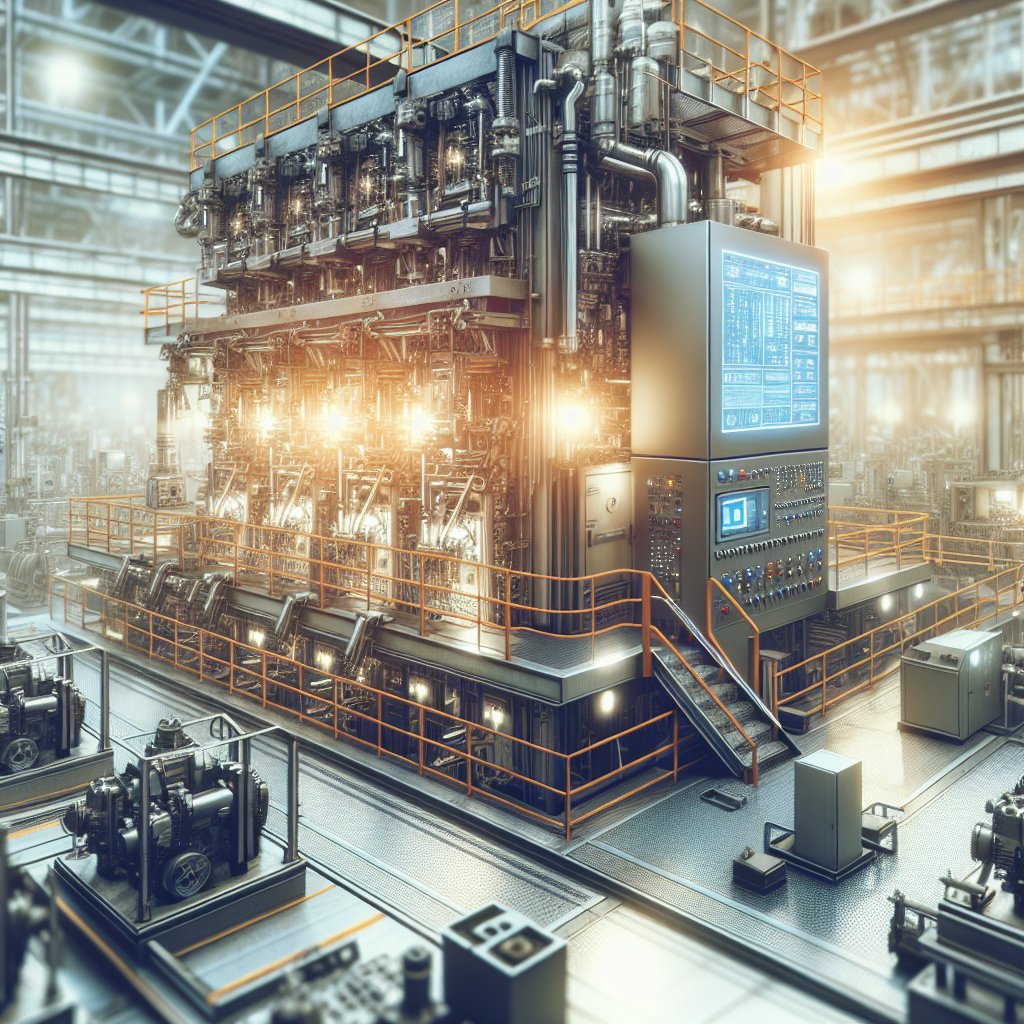
Minimizing energy consumption in industrial processes is a critical goal for businesses aiming to reduce costs and environmental impact. As industries continue to expand and evolve, the demand for energy-efficient solutions becomes increasingly important. This article explores various strategies and technologies that can help industries achieve significant energy savings while maintaining productivity and competitiveness.
Understanding Energy Consumption in Industrial Processes
Industrial processes are often energy-intensive, consuming large amounts of electricity, gas, and other resources. Understanding the specific areas where energy is used and identifying inefficiencies is the first step towards minimizing consumption. Energy audits and assessments can provide valuable insights into how energy is being used and where improvements can be made.
Key Areas of Energy Use
In most industrial settings, energy consumption is concentrated in a few key areas:
- Heating and Cooling: Many industrial processes require precise temperature control, which can lead to significant energy use. Optimizing heating and cooling systems can result in substantial savings.
- Motors and Drives: Motors are used extensively in industrial applications, from conveyor belts to pumps. Ensuring that motors are properly sized and maintained can reduce energy consumption.
- Lighting: Although often overlooked, lighting can be a significant energy drain in large facilities. Upgrading to energy-efficient lighting systems can reduce costs.
- Compressed Air Systems: Compressed air is used in many industrial processes, but leaks and inefficient systems can lead to wasted energy.
Strategies for Reducing Energy Consumption
Once the key areas of energy use have been identified, industries can implement a range of strategies to reduce consumption. These strategies often involve a combination of technological upgrades, process improvements, and behavioral changes.
Technological Upgrades
Investing in modern, energy-efficient technologies can lead to significant reductions in energy use. Some examples include:
- Variable Frequency Drives (VFDs): VFDs can be used to control motor speed and reduce energy consumption in applications where full power is not always needed.
- High-Efficiency Boilers and Furnaces: Upgrading to high-efficiency models can reduce the energy required for heating processes.
- LED Lighting: Replacing traditional lighting with LED alternatives can cut energy use by up to 80%.
- Energy Management Systems: These systems provide real-time data on energy use, helping businesses identify inefficiencies and track improvements.
Process Improvements
Optimizing industrial processes can also lead to energy savings. This might involve:
- Process Integration: Combining multiple processes into a single, more efficient operation can reduce energy use.
- Heat Recovery: Capturing and reusing waste heat from industrial processes can reduce the need for additional heating.
- Lean Manufacturing: Implementing lean principles can streamline operations and reduce energy waste.
Behavioral Changes
Encouraging employees to adopt energy-saving behaviors can also contribute to reduced consumption. This might include:
- Training and Awareness: Educating staff about the importance of energy efficiency and how they can contribute.
- Incentive Programs: Offering rewards for teams or individuals who achieve energy-saving targets.
- Regular Maintenance: Ensuring that equipment is regularly maintained to operate at peak efficiency.
The Role of Renewable Energy
In addition to reducing energy consumption, industries can further minimize their environmental impact by incorporating renewable energy sources. Solar, wind, and biomass energy can provide clean, sustainable power for industrial operations.
Solar Energy
Installing solar panels can help industries generate their own electricity, reducing reliance on fossil fuels and lowering energy costs. Solar energy is particularly effective in regions with high levels of sunlight.
Wind Energy
For industries located in windy areas, wind turbines can be a viable option for generating renewable energy. Advances in turbine technology have made wind energy more accessible and cost-effective.
Biomass Energy
Biomass energy involves using organic materials, such as agricultural waste or wood chips, to produce energy. This can be a sustainable option for industries with access to suitable biomass resources.
Conclusion
Minimizing energy consumption in industrial processes is not only beneficial for reducing costs but also essential for environmental sustainability. By understanding energy use, implementing technological upgrades, optimizing processes, and encouraging behavioral changes, industries can achieve significant energy savings. Additionally, incorporating renewable energy sources can further enhance sustainability efforts. As industries continue to evolve, the pursuit of energy efficiency will remain a key priority for businesses worldwide.

